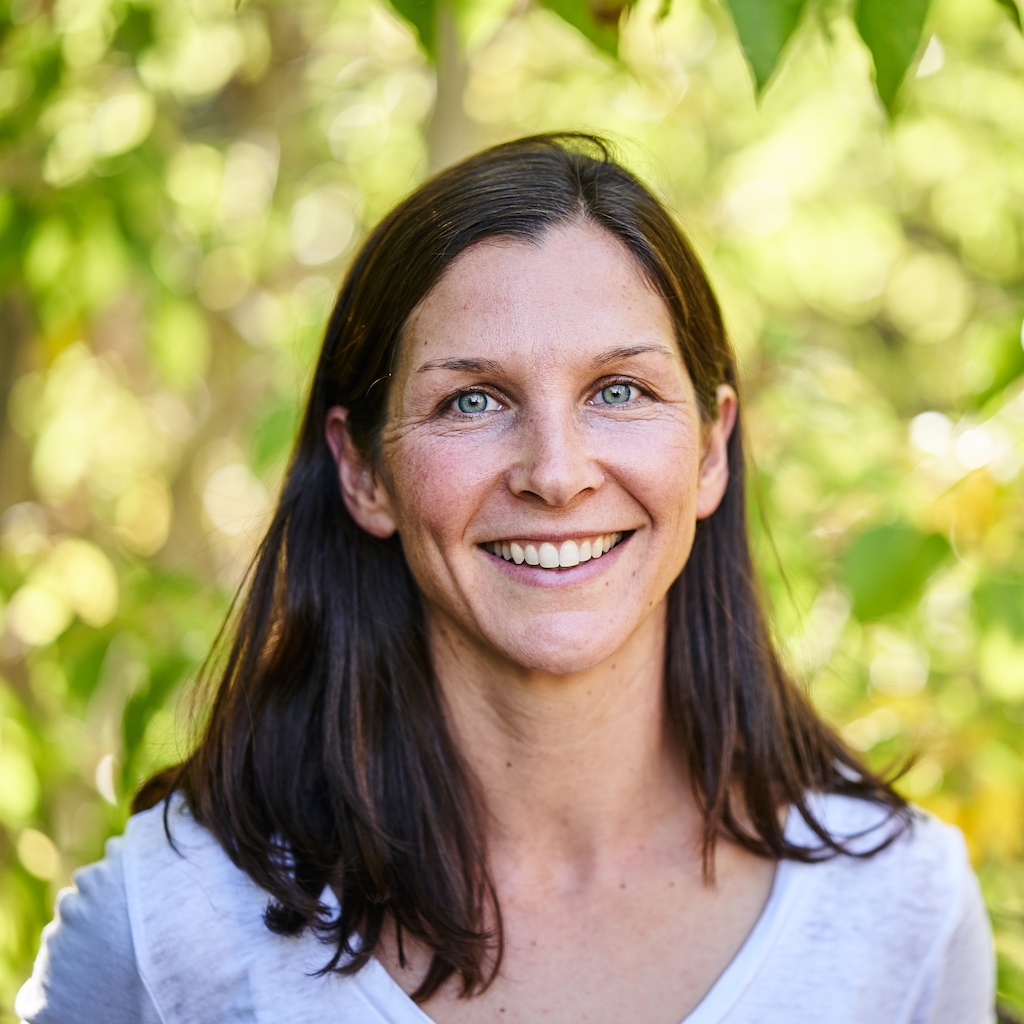
For every park, every meadow, and every well-worn trail, there is at least one ‘desire line,’ a footpath forged by people who think they know better. Could we protect nature better by doing a better job of predicting where people want to walk?


For every park, every meadow, and every well-worn trail, there is at least one ‘desire line,’ a footpath forged by people who think they know better. Could we protect nature better by doing a better job of predicting where people want to walk?
There are few things as natural as forging your own path when the established one doesn’t seem to cut it. We see these ‘desire lines’ everywhere—trodden grass cutting a path from a sidewalk to a parking space. Footprints through a dry portion of trail next to a mud patch. A well-worn footpath through a wildflower meadow, stretching from the main trail to a view that seemingly can’t be beaten.
Depending on your point of view, desire lines could represent a better way of doing things—the path that should have been made instead—or simple stubbornness on the part of humans who could have been a little more patient in protecting nature.
Either way, one glamping site in Wales is doing something interesting with the data. Every year, Bert’s Kitchen Garden, a camping and dining establishment in Caenarfen, flies a drone over their campsites to photograph the desire lines their guests have cut around the meadow. Then, they take those into account when mowing trails for the following season. “Sometimes it makes sense, sometimes it makes little sense,” says Ali Paice, co-owner of Bert’s. “But it’s been a really interesting learning experience.”
In 2017, author Robert Moor explored the concept of desire lines in a New Yorker essay exploring how conservationists in New York City approach them. “Some view them as evidence of pedestrians’ inability or unwillingness to do what they’re told; in the words of one academic journal, they ‘record collective disobedience,’” Moor wrote. “Others believe that they reveal the inherent flaws in a city’s design—the places where paths ought to have been built, rather than where they were built. For this reason, desire lines infuriate some landscape architects and enrapture others.”
One famous example of incorporating desire lines into urban design is the first theme park built by Walt Disney. The story goes that Disney didn’t have any paved paths when it first opened, and, instead, he allowed visitors free reign. Naturally, organic paths emerged, and those were later paved. But Paice and her husband, Ian, weren’t aware of the academic concept of desire lines when they started looking for their customers’ feedback in this way. It just happened naturally. After their first summer of mowing camping pitches into their meadow, a friend flew a drone over the site and they marveled at how the paths created a beautiful leaf-like shape they hadn’t planned.
Now, they do that intentionally and mow the meadow differently each year to allow the land to recover between seasons. Early on, they tried to enforce people sticking to the paths, by posting signs saying that certain areas were resting, Paice says. Now, however, they realize it’s better to let people redefine the space organically, so they often recut the paths to fit what’s been trampled the previous summer. “When you put a path in place, you expect people to use it,” Paice says, “but it’s been fascinating.”
Interestingly, no matter how they recut the paths, people still find reasons to go off-piste and cut their own way through the tall grasses. Paice also happens to be a family therapist, and she says an unexpected side effect of running Bert’s is that she has been fascinated by observing how families interact with one another, and with the rules, while they’re camping. You might think that kids are less averse to rule-breaking, but it’s generally the children who stick to the flattened paths—sometimes, the grasses are taller than they are—and it’s adults who go “adventuring,” Paice says. She thinks it’s some combination of genuine curiosity and adventure-seeking, or a simple desire for a shortcut, or a belief that rules don’t apply to them.
One year, as an experiment, Paice and her husband, Ian, cut a path that didn’t go anywhere just to see how people would respond to it. Some people turned around and went back the way they came, while others forged ahead and hopped over a ditch just to keep moving forward. It was “amazing” to observe, Paice says.
The Paice family now act as consultants to others starting their own camping sites, and Paice says they always advise people to pay close attention to the ways their guests interact with the land and to respond to it accordingly. By doing so, they may be able to help the environment recover better in between seasons, instead of forcing a landscape to bend to our will. “I think we have to be so mindful of the space we’re in,” Paice says. “The space is going to be there long after we’re gone, as humans.”
***
Adventure.com strives to be a low-emissions publication, and we are working to reduce our carbon emissions where possible. Emissions generated by the movements of our staff and contributors are carbon offset through our parent company, Intrepid. You can visit our sustainability page and read our Contributor Impact Guidelines for more information. While we take our commitment to people and planet seriously, we acknowledge that we still have plenty of work to do, and we welcome all feedback and suggestions from our readers. You can contact us anytime at hello@adventure.com. Please allow up to one week for a response.

Kassondra Cloos is a travel journalist from Rhode Island living in London, and Adventure.com's news and gear writer. Her work focuses on slow travel, urban outdoor spaces and human-powered adventure. She has written about kayaking across Scotland, dog sledding in Sweden and road tripping around Mexico. Her latest work appears in The Guardian, Backpacker and Outside, and she is currently section-hiking the 2,795-mile England Coast Path.








Can't find what you're looking for? Try using these tags: